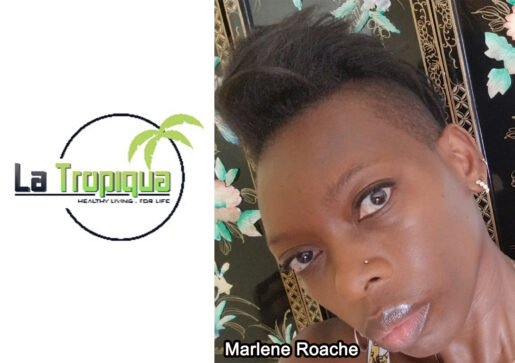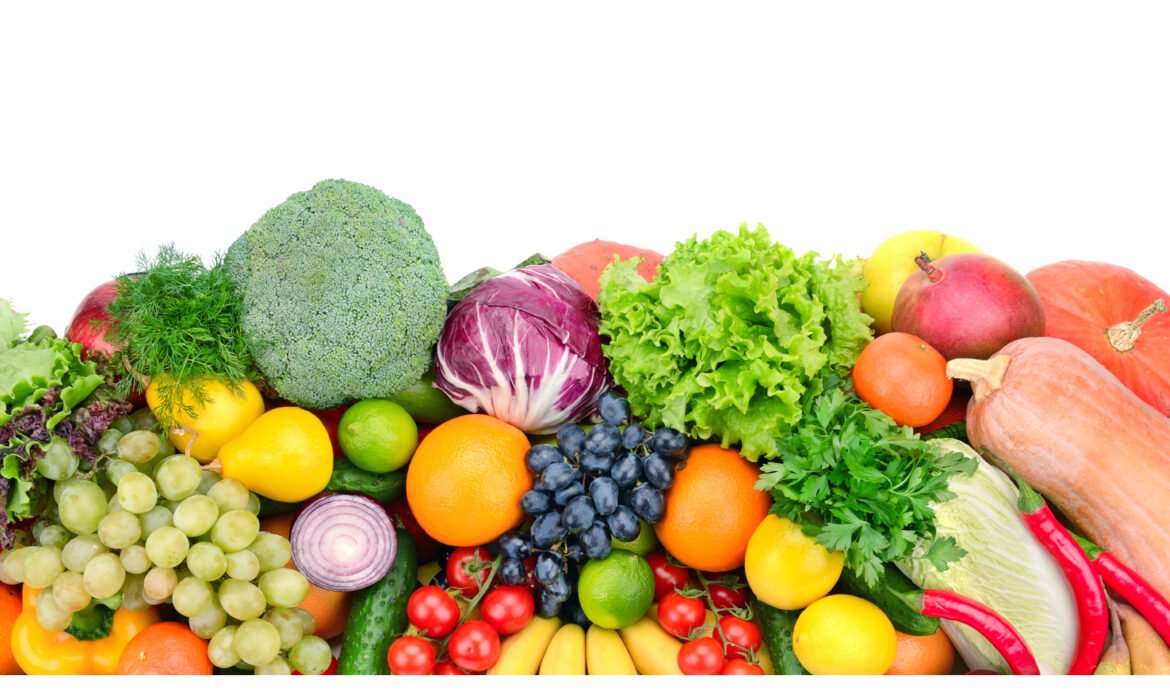 After my previous article on food labels, I hope that I got you thinking and paying even more attention to the ingredients that are in your foods. I promised to continue this discussion. Let’s get started.
After my previous article on food labels, I hope that I got you thinking and paying even more attention to the ingredients that are in your foods. I promised to continue this discussion. Let’s get started.
Some people may be wondering ‘why do I need to read labels? Afterall, you only live once. In that case have fun, be merry, enjoy the foods you want, live your best life.’
In essence, no need to read labels, simply eat whatever you want, as much as you want and whenever you want. Point well taken, but let us look at this slightly differently.
Living one’s best life can mean different things to different people.
I think most of us would agree that being active, feeling energized and having an overall positive sense of self and overall wellbeing at any age, is an integral part of being our best selves.
This also means living in a healthy way that includes taking a few seconds to read your labels to make sure that you’re choosing healthy and tasty options.
Yes, healthy can be delicious. Another benefit, the long-term gains abound.
While the Nutritional Facts Label available on all food products gives you a fairly good sense of what is in your food, having the ability evaluate and understand the ingredient list is a must.
You’re wondering why? Because the ingredient list paints an even stronger picture of what is in the foods that you’re eating.
Here are a few common ingredients that you should look out for and avoid.
Trans fats, Trans fatty acids or TFAs (Hydrogenated oils)
If you have not heard about trans fats, a quick and easy description, they’re made by turning liquid oils into solid fats. Shortening and hard margarines are great examples. You will find trans fats in fast foods, as well as many pre-packaged and baked goods, including, crackers.
Eating too much trans fats can increase low density lipoproteins or LDL. Otherwise known as bad cholesterol which could increase your risk of heart disease, diabetes and other health problems.
Another thing to keep in mind. Low-fat does not mean free of trans fats. Many low-fat foods can be high in trans fats.
What am I essentially saying? There are lots of hidden trans fats in our foods. Especially when you consider that foods are labelled differently in many countries. For example, in the United States, where much of our store-bought foods come from (over 70%), if a food product has less than 0.5 grams of trans fat in a serving, it can be labeled ‘trans-fat free.’
You would be surprised at how quickly hidden trans fats can add up. Health care practitioners recommend that we limit our daily intake of trans fats to less than 1% of our daily calories. That means if you’re aiming for 2,000 calories a day, trans fats can make up about 20 calories or 2 grams.
Here are a few tips. When shopping, select foods high in monounsaturated fats (e.g. olive oil, almonds, avocados, nut butter and seeds, etc.) and polyunsaturated fats (e.g. cold water fish such as salmon, tuna, sardines, mackerel, etc.– fresh or canned; walnuts, flax seeds, etc). These all help to produce good cholesterol.
If you’re wondering about margarine (which is highly processed) vs. butter, if you can, choose the more nutritious, butter made from grass-fed cows (not grain-fed).
Here’s a quick glance of other ingredients you should look out for and avoid.
Additives such as BHA (butylated hydroxyanisole) and BHT (butylated hydroxytoluene)
This is often found in breakfast cereals, chips, gum and some vegetable oils. Added to maintain the food’s freshness.
Food colourings
Examples are: Brilliant Blue FCFC, often found in drinks, candy, cereal, etc; Brilliant Yellow FCF – you will see this in sausages, candy, gelatin desserts; Indigotine – in beverages and candy; Erythrosine – the cherries in fruit cocktail and candy. If the food label reads “colour,” one of the above ingredients is likely in it.
Natural and Artificial flavours
We talked about these labels before. There is nothing natural in ‘naturally flavoured’. Both natural and artificial flavours should be avoided.
Artificial sweeteners
Prime examples, aspartame, sucralose, acesulfame-potassium. These are also found in many prepackaged food and beverages.
Sugars
Similar to trans fats, a lot of the sugar in our foods is hidden, making them difficult to spot. Many people are trying to reduce their consumption of sugar. Food manufactures realize this. That is why to market their products and give the appearance of less sugar, they may use many different types of sugar (e.g. dry or liquid), or call sugar by different names. This manipulates the reality of the sugar profile in the food product.
Let me give you a sense of the different types of sugars that can be included in a single food item: barley malt, cane sugar, fruit juice concentrate, fructose corn syrup, brown rice syrup, honey, molasses, brown sugar, corn syrup, dextrose, glucose, invert sugar, malt, maltodextrin, maltose and more. All of these are sugars. If you can, opt for sugar-free. Even better, make your own food. This way you can control the sugar and salt content, as well as use healthier
ingredients.
Salt or sodium
Aim for no, or reduced sodium.
Sodium nitrite
This is an additive found in processed meats such as bacon, ham, and hot dogs. It’s used as a preservative and for colouring, that gives some processed meats a reddish colour. Many would otherwise be grey, much less visually appealing and tantalizing.
I hope this has helped you to be more aware of the foods that you are eating and gets you started on your way to reading your labels.
Eating healthy takes practice. The more you do it, the better you become. You’ve heard the trite statement – ‘your body is a temple.’ There is lots of truth to this. Be conscious of what you put in it. It is worth putting in the time to take care of your body, the best that you can. Start with healthy eating and continue from there. Afterall, we are what we eat.
Have questions on how you can eat healthier or about healthy living in general? Share them with us. Some will be answered here. Send your questions to: info@latropiqua.ca.
Marlene Roache is a healthy eating coach, owner, La Tropiqua, Healthy Living-For Life www.latropiqua.ca








